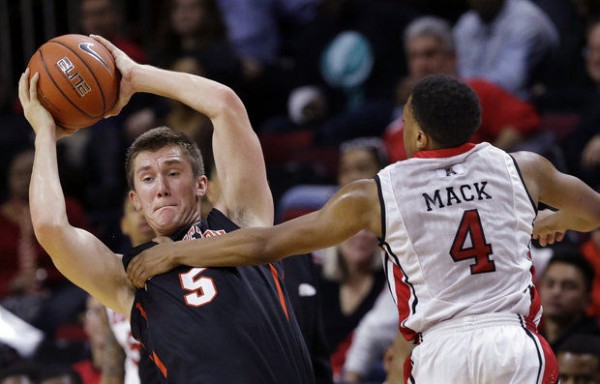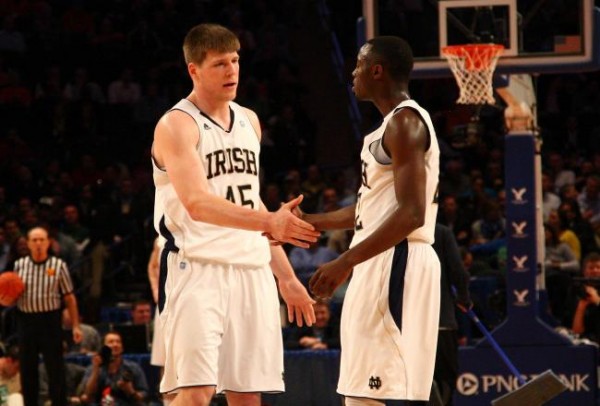Rushed Reactions: #1 North Carolina 88, #6 Notre Dame 74
Posted by Justin Kundrat on March 27th, 2016Rush the Court will be providing wall-to-wall coverage of each of the NCAA Tournament from each of the 13 sites this year. Follow our NCAA Tourney specific Twitter accounts at @RTCEastregion, @RTCMWregion, @RTCSouthregion and @RTCWestregion.
Three Key Takeaways.
- It will take a monumental defensive effort to beat North Carolina. Unfortunately for Notre Dame, that simply wasn’t its style. The Irish were one of the worst defensive teams in the NCAA Tournament this season, winning games with an ultra-efficient, spread offense that exploited mismatches with shooters. Against conservative, defensive-minded teams, the strategy worked. But against a team with an even better offense that the Irish were forced to defend, the outcome was far different. Notre Dame shot 27-of-49 from the floor, including a lights-out 50 percent from beyond the arc, but it simply couldn’t generate enough stops on the other end of the floor. The result was a shootout where the team with the better firepower won.
- North Carolina’s hot shooting remains an anomoly, but its impact cannot be ignored. The Tar Heels ranked 284th nationally in perimeter shooting (32.1%) coming into Sunday’s game, but the sneaky-hot shooting of Marcus Paige and Joel Berry has taken a lot of teams by surprise: Paige went 6-of-9 from three-point range against Indiana on Friday night and started 2-of-2 against Notre Dame before cooling off this evening. Making jump shots forces defenses to respect the Tar Heels’ perimeter game — something Tom Crean and Mike Brey didn’t expect — and it completely changes the dynamic of its offense. When the jumper is falling, Paige can more easily navigate into the lane and create high-percentage shots for himself and his teammates.
- Notre Dame was a deceptively good team this season. Tucked within a loaded conference, Notre Dame didn’t exactly stand out with an 11-7 record and sixth place finish. But along the way the Irish snagged some quality wins against Duke, Iowa, North Carolina and Louisville. Over the course of the season, with Zach Auguste –– one of the best rebounders in the country — manning the paint, Brey figured out how to best spread his players along the perimeter and run dangerously effective pick-and-rolls. The graduation of Auguste will undoubtedly hurt this team going forward, but assuming there are no other NBA Draft declarations, the remaining core will return next season in search of another nice NCAA Tournament run.
Star of the Game. Brice Johnson’s 25-point, 12-rebound effort says it all. He was often paired with another UNC big man, allowing Johnson to slide to the four where he capitalized on a significant height advantage. At other times, with the Irish’s Auguste in foul trouble, the 6’10 forward shot over defenders and finished around them on his way to a 10-of-15 shooting performance. Most importantly, he proved difficult to keep off the glass, acting as a major factor in UNC’s 23 second chance points and 42 points in the paint.












































